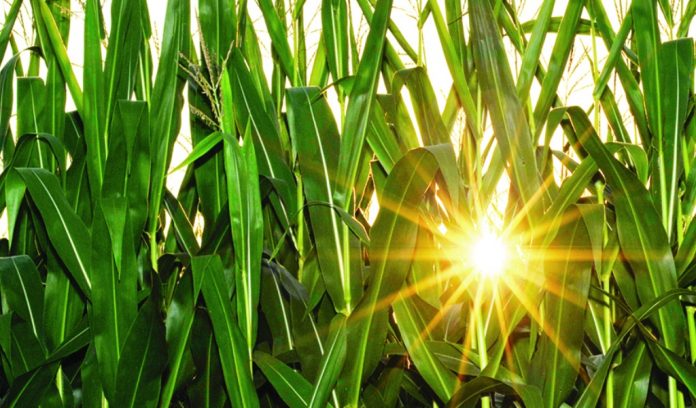Do you suffer from IAB? OK, so I learned that acronym from Dianne Shoemaker’s column this week. It stands for “It’s Always Been,” and I’m guessing we all have had bouts of it, and may even need therapy or treatment to cure it.
It’s human nature and it’s physics. Remember good ol’ Newton’s Laws of Motions? The first addresses inertia: An object remains in motion (or rest) “unless it is compelled to change that state by forces impressed on it.”
Shoemaker recently traveled to Scotland for the International Farm Management Congress where she heard the phrase from speaker Charles Dudgeon of Savillo Real Estate Sales. Her column this week shares how a family farm — in business for more than 300 years! — shifted major gears to position itself for the next 300 years. Out with the Holsteins, in with the Jerseys. The historic stone barn that had always housed livestock now houses a butcher shop and restaurant. Forget selling to the commodity market.
Her column mentioned that many of the farms she visited had unique and growing relationships with grocers, which reminded me of another UK speaker I heard in May at the Alltech Ideas Conference.
There, Nic Parsons, agriculture manager for the dairy sector within Tesco Stores Ltd., explained how that store chain rebranded its supply chain for milk to “Fair for Farmers.” It wanted to establish long-term relationships with its farmers, and encourage consumers to likewise support local farmers. Tesco pays guaranteed prices, set for three months at a time, and offers long-term contracts.
“It’s British, it’s good for farmers, and we look after the farmers we’re working with, and it’s good for the health and welfare of cows,” Parsons explained.
The new idea took some explaining, Parsons added, especially to convert farmers to the idea that they are part of a bigger supply chain. “We needed evolution,” he added.
Tesco has expanded its concept to include similar marketing and outreach with lamb, pork, beef and potato producers, and are developing it with poultry, as well.
There’s a lot more to it (Tesco requires certain quality, service and innovation practices, and rewards the top 5% with a quota of more liters at a better price), but the emphasis is on bridging that link between farm and table, via a key retail partner.
And this connection was highlighted even more last week when I downloaded a new report — at 306 pages make that a book! — from the Federal Reserve Bank of St. Louis, Harvesting Opportunity: The Power of Regional Food System Investments to Transform Communities.
I haven’t even begun to digest its contents, but the book created in tandem with the USDA, explores everything — and I mean everything — about the interconnection between food production, food distribution and food purchases as 1) a means of economic development; 2) a food system that benefits low- and moderate-income households, too; 3) a tool for healthier living; and 4) a matter of national security.
There’s a lot to chew in this book, and no doubt you’ll be hearing more from it in this space. But the links — the alliances, the partnerships, the new communication — up and down the production and supply chains are part of a new way of thinking about food and agriculture in the U.S.
Trying to banish IAB? Read this book and call me in the morning.













